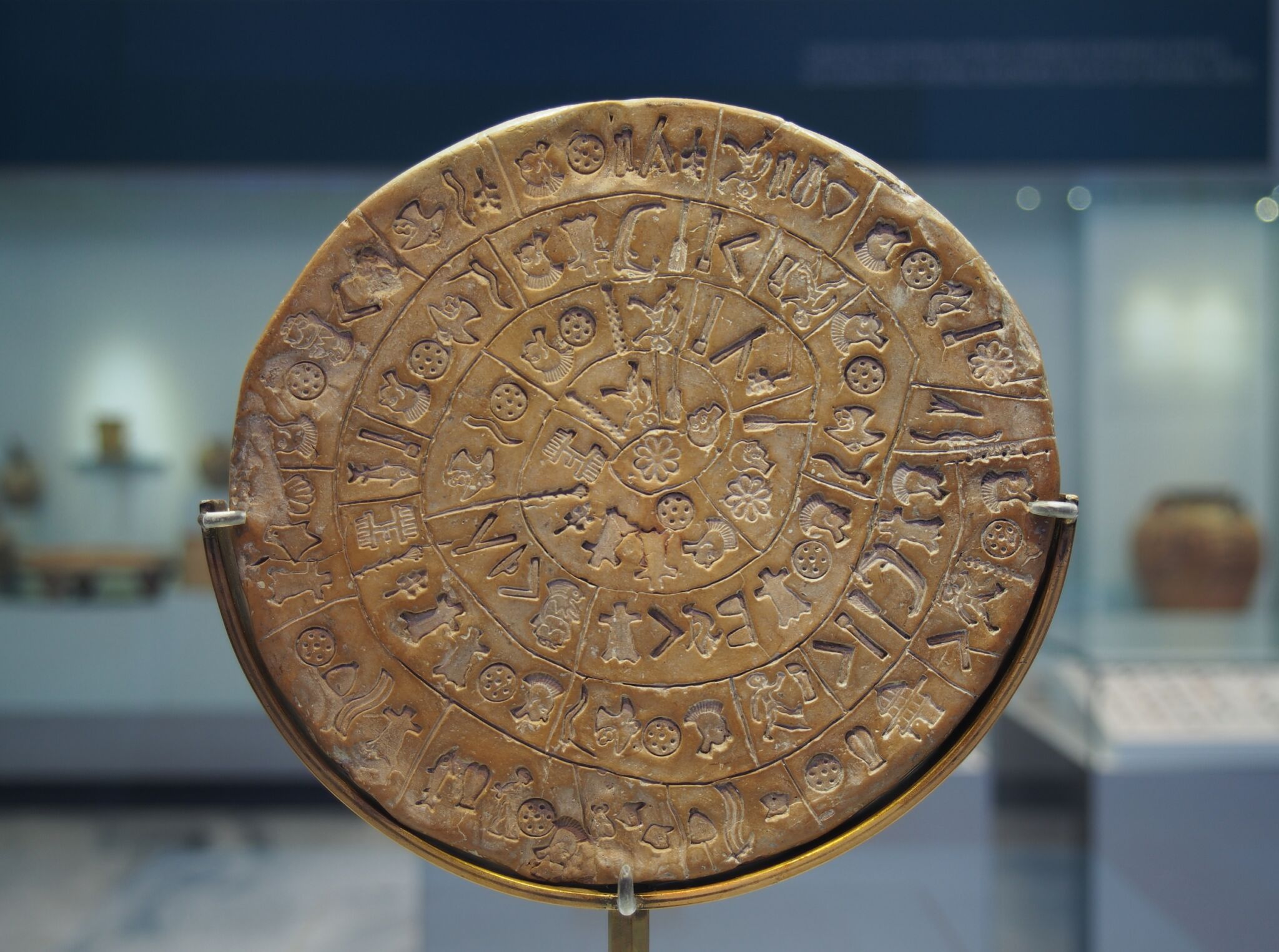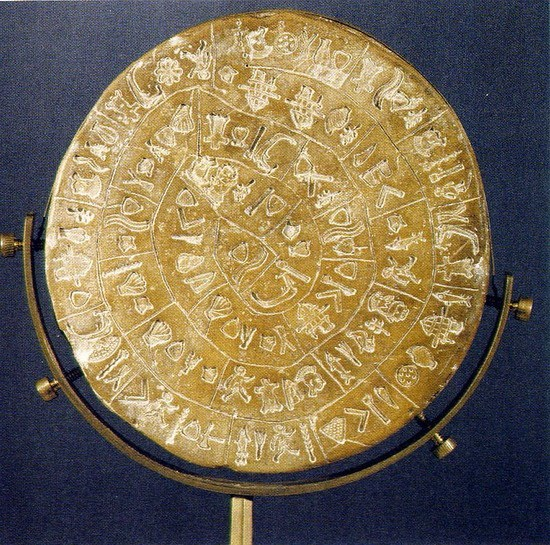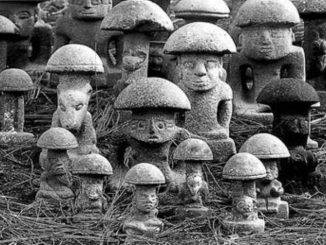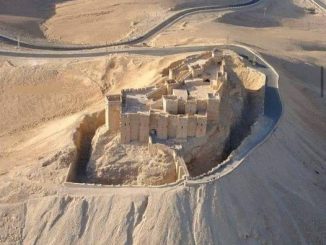
Nestled within the layers of time, the Phaistos Disc stands as a cryptic artifact from the ancient Minoan civilization of Crete. Dating back over 4,000 years, this circular clay disc bears a series of mysterious symbols stamped into its surface, arranged in a spiral pattern. Despite centuries of scrutiny and speculation, the meaning and purpose of the Phaistos Disc continue to elude scholars and enthusiasts alike, leaving behind a tantalizing riddle waiting to be deciphered. In this blog post, we embark on a journey to unlock the enigma of the Phaistos Disc, exploring its history, possible interpretations, and the ongoing quest for answers.
The Discovery: Unveiling an Ancient Puzzle

The story of the Phaistos Disc begins in 1908 when Italian archaeologist Luigi Pernier unearthed the artifact during excavations at the Minoan palace of Phaistos in southern Crete. Measuring about 16 centimeters in diameter, the disc immediately captured the imagination of the archaeological community with its intricate symbols and unique spiral layout. Despite its remarkable preservation, the purpose and meaning of the symbols engraved on the disc remain a subject of intense debate and speculation among scholars.
Interpretations and Theories: Deciphering the Symbols
Since its discovery, numerous interpretations and theories have emerged regarding the meaning of the symbols on the Phaistos Disc. Some researchers believe that the symbols represent a form of writing or script, suggesting that the disc could be one of the earliest examples of recorded language in human history. Others propose that the symbols may have had religious or ritualistic significance, serving as a tool for divination or communication with the gods. However, the absence of any similar inscriptions or linguistic context has made it challenging to decipher the true purpose of the disc.
The Quest for Answers: Archeological Investigations
Despite the enduring mystery surrounding the Phaistos Disc, archeologists and linguists continue to study the artifact in the hopes of unraveling its secrets. Through advanced imaging techniques, such as photogrammetry and multispectral analysis, researchers have been able to examine the disc in unprecedented detail, shedding new light on its construction and composition. Additionally, comparative studies with other Minoan artifacts and inscriptions have provided valuable insights into the cultural and historical context of the disc, offering clues to its possible origins and significance.
Conclusion: A Puzzle Yet to Be Solved
As we delve deeper into the mystery of the Phaistos Disc, it becomes increasingly clear that this ancient artifact holds the key to unlocking secrets of the past that have long remained hidden. Despite centuries of scrutiny and analysis, the true meaning and purpose of the disc continue to evade us, leaving behind a puzzle that challenges our understanding of ancient civilizations and their languages. Yet, as archeological techniques and methodologies continue to evolve, there remains hope that one day we may finally decipher the enigmatic symbols of the Phaistos Disc, unraveling a 4,000-year-old riddle that has captivated the minds of scholars and enthusiasts for generations.


